I'm using the Cosmos Emulator (v. 2.11.13.0) to develop locally. My program works fine with the emulator, but the stored documents don't show up in the document explorer:
I can see the documents just fine using Microsoft Azure Storage Explorer (v. 1.16.0):
The Cosmos DB Accounts explorer in Storage Explorer is deprecated - which is also why I'm afraid to update it to a newer version.
I can create new documents via the Azure Cosmos DB Emulator explorer and save them. Then they show up in the UI:
But when I click the update icon, they immediately disappear from the list (though the info is still visible in the details panel):
The document continues to exist when viewed in the Storage Explorer.
I've tried doing as clean an install as possible and used multiple different versions:
- I've uninstalled the program via "Apps & Features"
- I've removed all files in
- %LOCALAPPDATA%/CosmosDBEmulator
- %PROGRAMFILES%/Azure Cosmos DB Emulator
- I've tried version:
- 2.11.13
- 2.9.0
- 2.7.2



